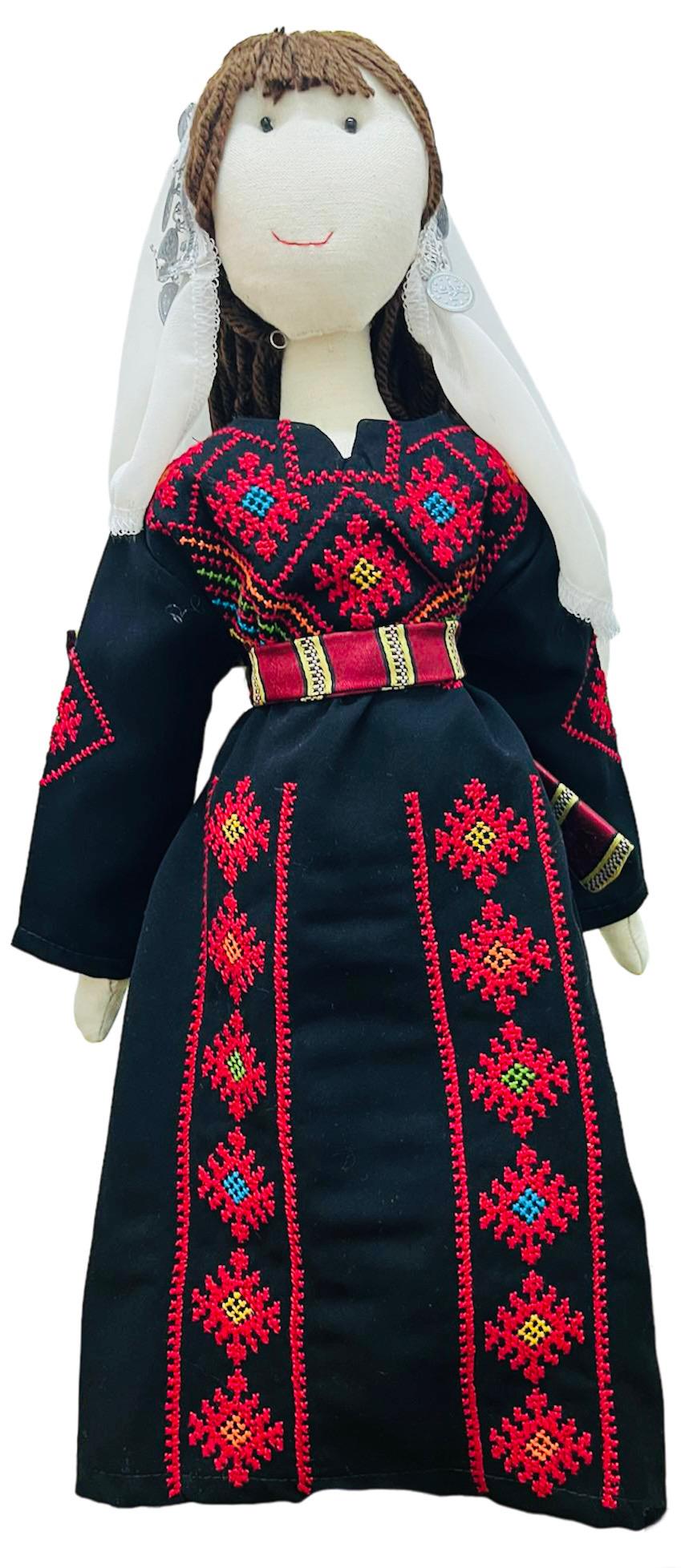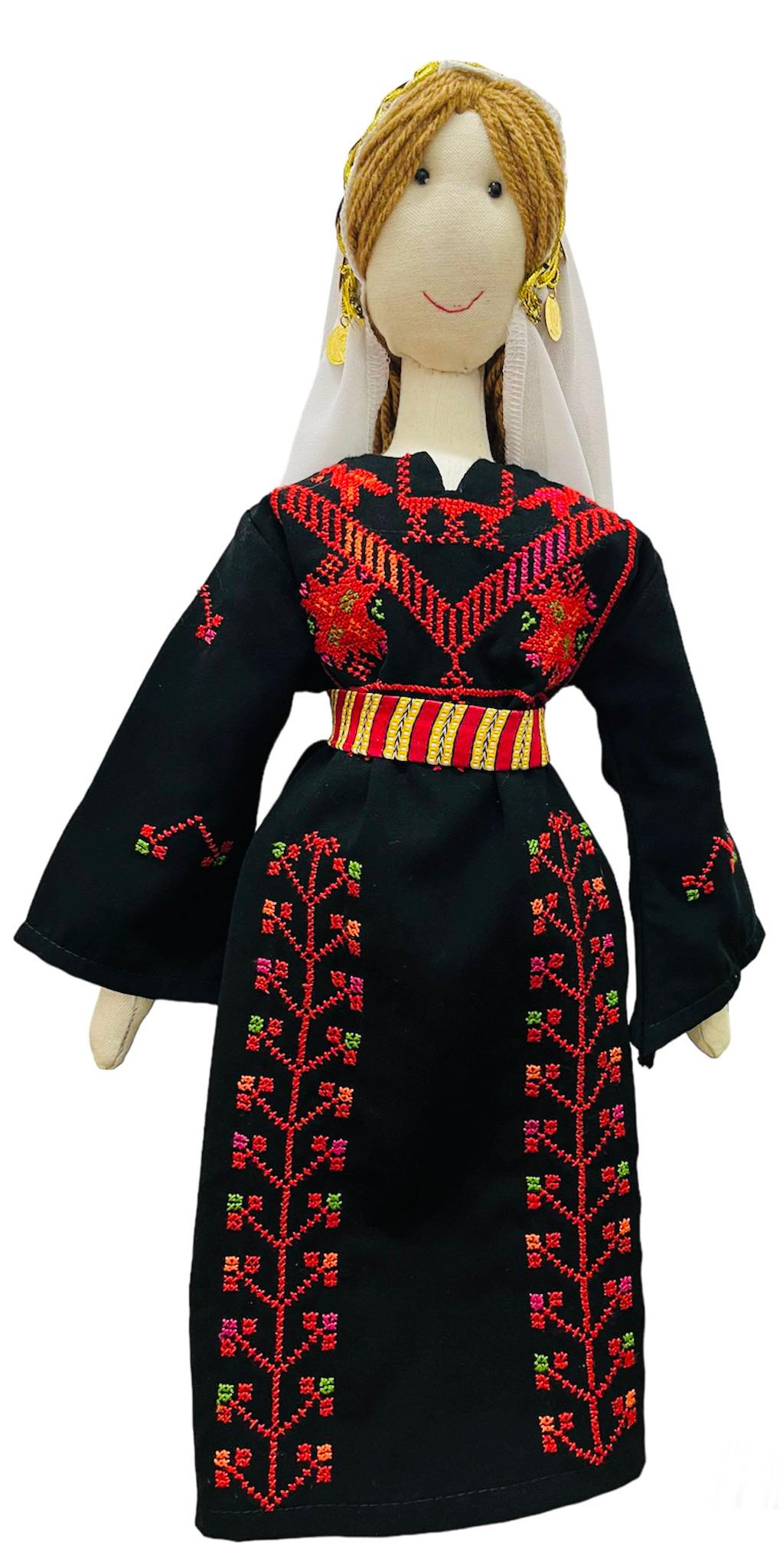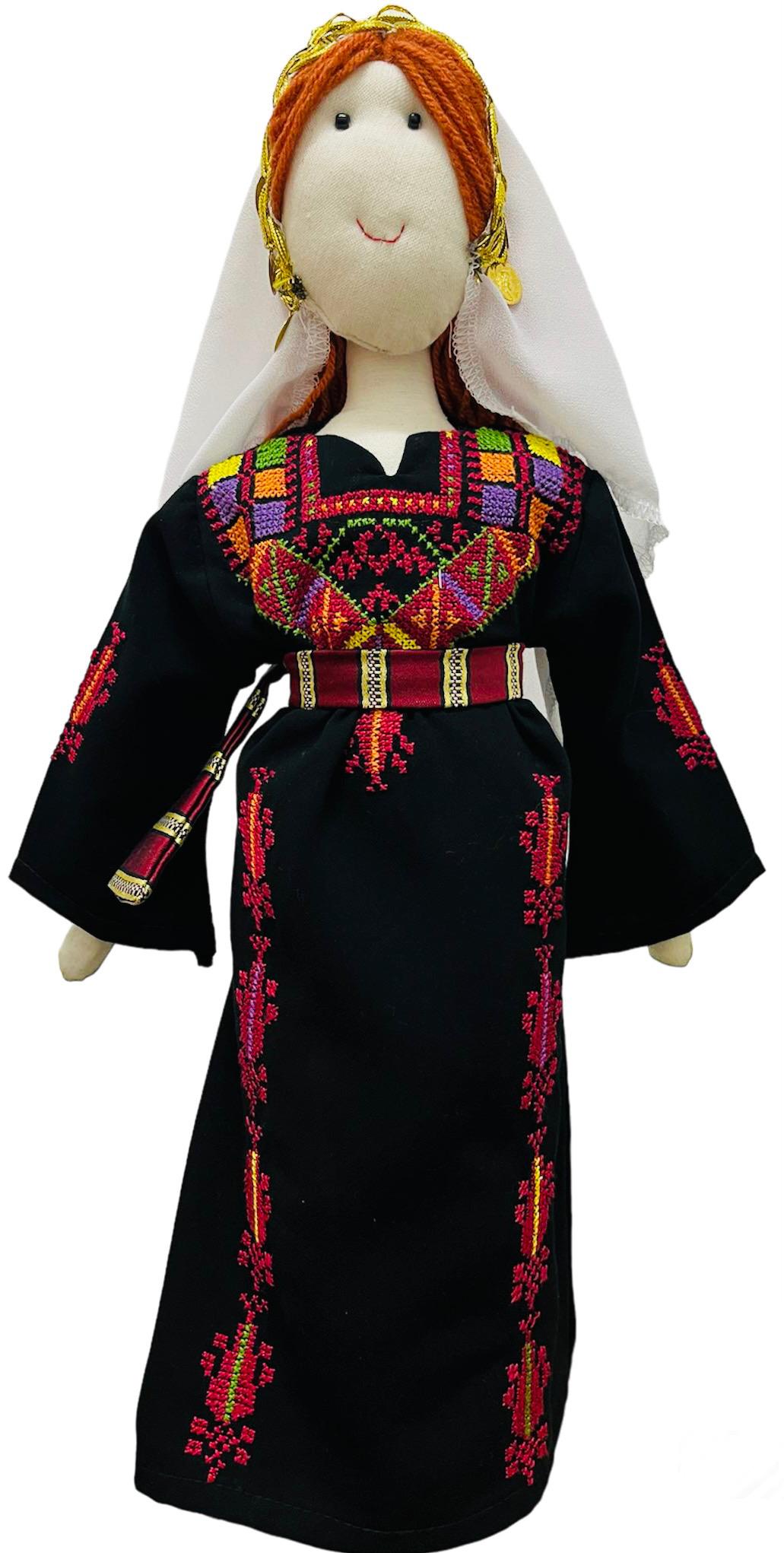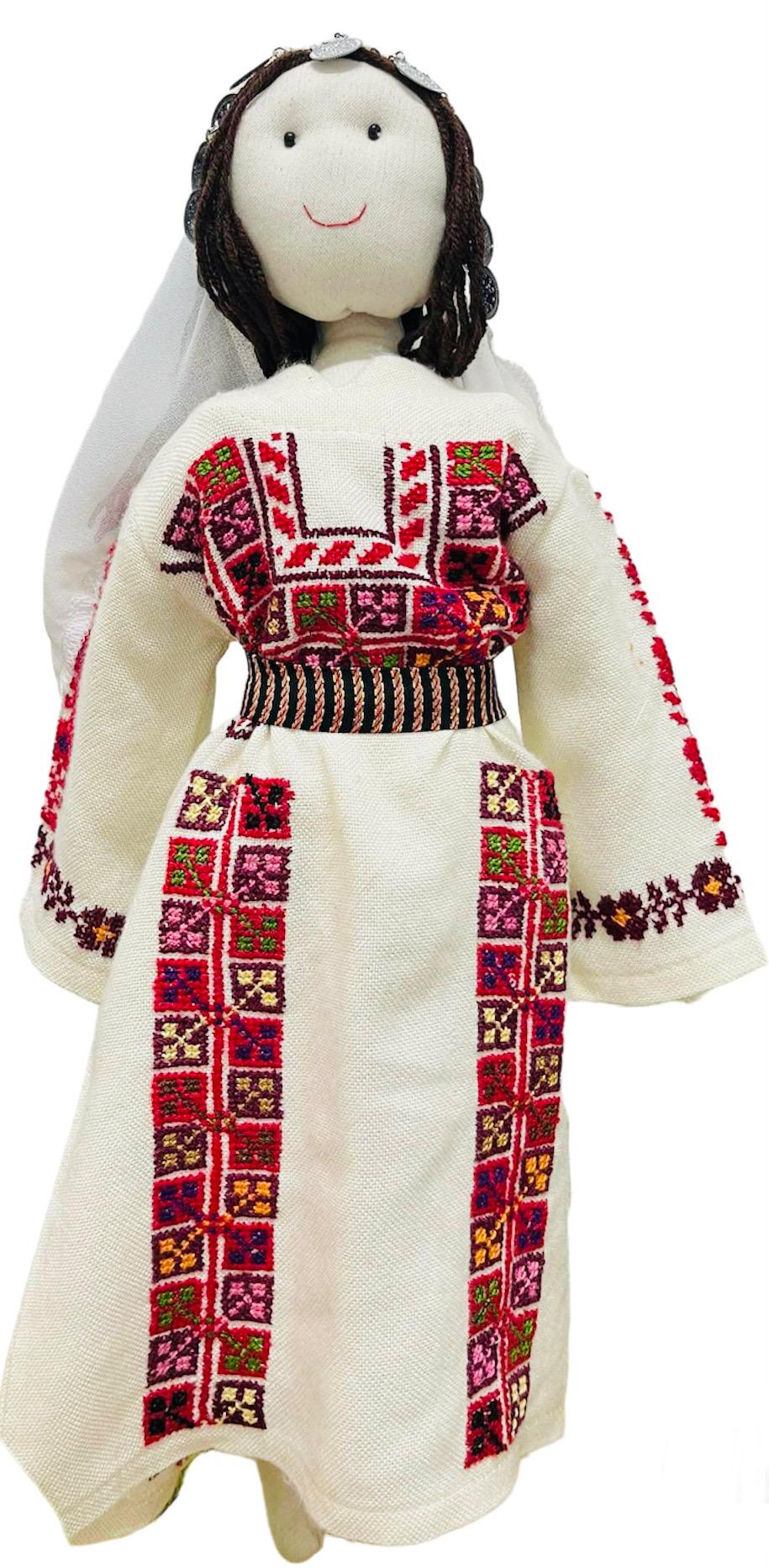A Summer Holiday Tale
As the summer heat intensified, my eagerness for a vacation with my parents and sister Dana reached its peak. My father had promised a summer retreat in the city of Jericho, prompting me to pack my clothes and don a pink hat to shield myself from the sun. Our journey began early in the morning at 8 o'clock, filled with excitement for our time in Jericho. As we neared the Jordan Valley, my father explained that we might experience a buzzing in our ears since we were entering the lowest point on Earth's surface, which piqued our interest.
My fascination grew upon seeing a sign reading "Welcome to the City of the Moon." Perplexed, I questioned my father, who clarified with a chuckle that "Jericho," in its original Semitic and Canaanite roots, meant "City of the Moon," referring to the Canaanite Moon God "Yarikh." In Syriac, Jericho also means fragrance, and it was known as the "City of Palms" and "Heaven's Garden." I resolved to share these intriguing facts with my school friends upon our return.
As we drove, I gazed at the lush agricultural landscapes, banana and palm trees, citrus orchards, greenhouses, and water channels connecting to the three main springs: Ein Sultan, Ein al-Duyuk, and Ein al-Nuweimeh, which our school teacher had told us about.
Our first stop was at my grandmother's friend's house, old Mahdia, in Old Jericho (Tel es-Sultan). Mahdia, with her white hair and wrinkled face, warmly welcomed us and advised us to start our tour from a famous archaeological site in Jericho, one of the oldest landmarks dating back over 8,000 years, representing the architectural achievements of ancient Jerichoans. She suggested we explore Tel es-Sultan, recently added to the UNESCO World Heritage List, boasting a history of nearly 10,000 years and relics from Natufian culture.
Following her advice, we delved into the site, marveling at how this land witnessed the evolution of human life from cave-dwelling to city-building and agriculture. It was a testament to human adaptability and innovation, marking Jericho as one of the oldest cities in history.
Our journey then led us to Mount of Temptation (Jabal al-Qarantal), where Jesus is believed to have spent forty days, a site resonating with spirituality and sacredness.
The trip concluded at Hisham's Palace, the winter residence of the Umayyad caliph. The palace's main courtyard showcased remnants of an ancient circular window with a star, and one of the world's largest mosaic floors from one of the palace's baths, each piece narrating a story of the grand Islamic civilization of that era.
Jericho's beauty was mesmerising, casting a spell that made leaving seem almost regrettable.
Did you know that the city of Jericho is one of the areas through which the Palestine Heritage Trail passes? Here, you can wander, enjoy the beauty and diversity of Palestine's nature, and learn about its history and heritage. For more information about the Palestine Heritage Trail, you can visit the website at https://phtrail.org/.
Sources and References:
1. Taha, Hamdan. "Jericho: A Living History of Ten Thousand Years of Civilization." Publisher Foundation, Ramallah: Palestine, 2011.
2. "Prominent Tourist and Historical Landmarks in Jericho City." Palestinian News and Information Agency (WAFA). Retrieved from [wafa.ps](http://wafa.ps).






